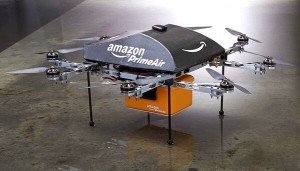|
Flipkart.com
|
Snapdeal.com
|
Amazon.com
|
|
|
Year of Start
|
2007
|
2010
|
1994
|
|
Revenues
|
200 million USD (2012-13)
|
100 million USD (Estimated in 2013)
|
74.45 billion USD (2013)
|

You might like reading:

An alternate reality for women in India
India, As we know, is modernizing itself in every aspect; new trends are now hotspots of people’s lives. Development in technology, market and lifestyle of people pretty much gives us the picture of a well decorated and modernized society, but this picture is easily deceived if we delve deeper into the rural lives of society. Our society is still patriarchal […]
Opinion: Anyone can do HR work !
It was not an easy decision to make when I was offered a platter of courses during my MBA. There was high paying Finance, dynamic and glamorous Marketing, Techno-freak Systems, Brawny Operations, and then in the end, the bratty, obnoxious and free-riding (that’s what they say), HR. It was a decision that was going to mark my value in the […]































